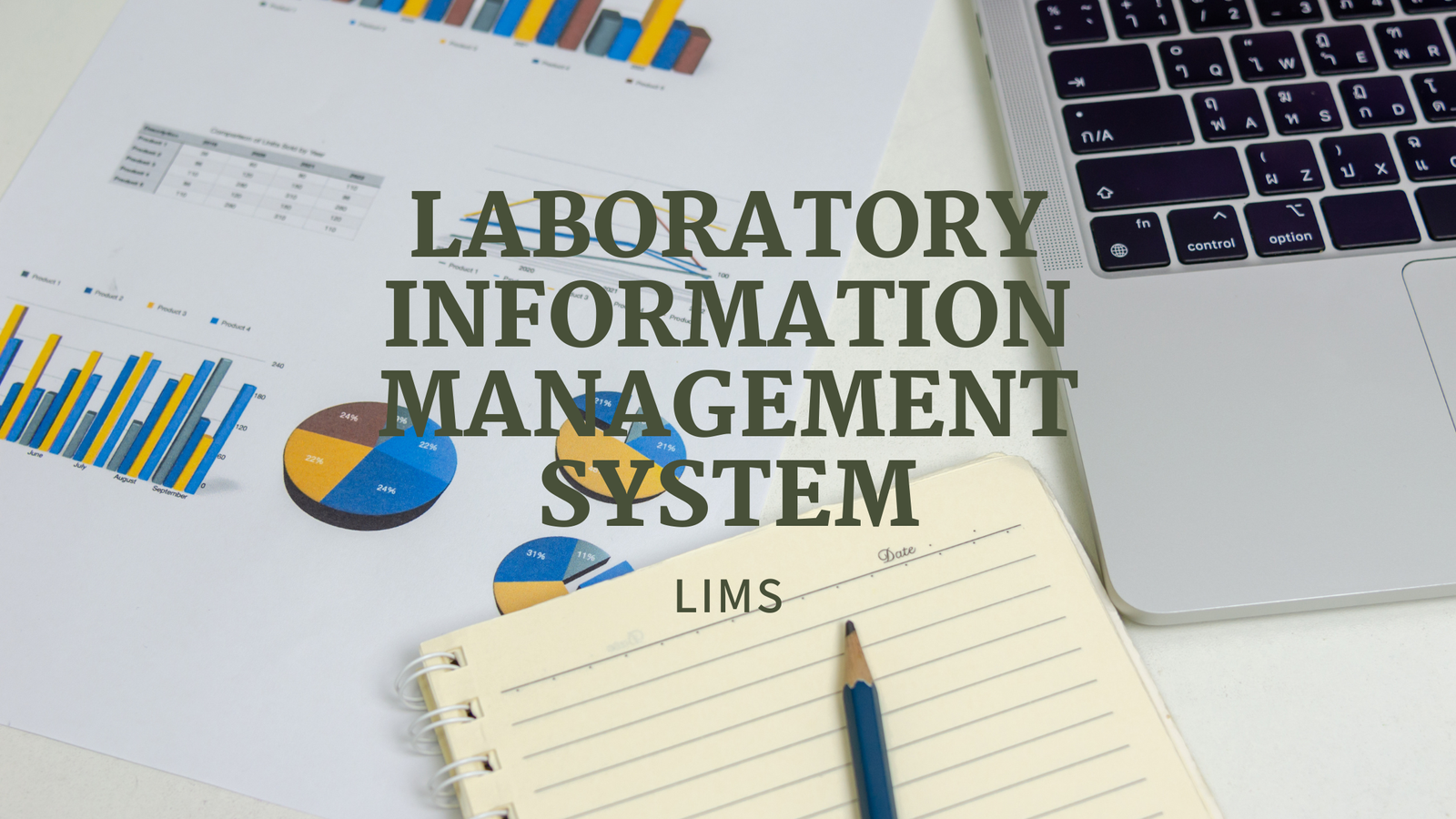Analysis of Laboratory Information Management Systems
Introduction
In today’s fast-paced and data-driven laboratory environments, accurate and efficient management of data is crucial Laboratory Information Management System (LIMS) is a software solution designed to streamline lab operations by facilitating data management, enhancing workflow automation, and ensuring compliance with industry standards. Laboratories across various industries—pharmaceutical, biotechnology, environmental, and more—leverage LIMS to optimize processes, increase productivity, and maintain accuracy in sample tracking, data management, and reporting.
This article provides a thorough analysis of LIMS, covering its definition, key benefits, core features, and the factors to consider during its implementation. By the end, you’ll have a solid understanding of how LIMS plays an essential role in modern laboratories and how its integration can significantly enhance operational efficiency.
What is a Laboratory Information Management System (LIMS)?
A Laboratory Information Management System (LIMS) is a digital platform used to manage samples, laboratory workflows, test results, and associated data. It acts as a centralized hub where all lab-related information is stored, processed, and analyzed. LIMS integrates with other laboratory systems and instruments, enabling seamless data flow between various devices, instruments, and stakeholders.
With increasing complexity in laboratory operations, the need for efficient and organized data management has never been more pressing. LIMS addresses this need by automating various functions, from sample tracking to generating detailed reports, reducing the margin for error and speeding up processes.
Key Benefits of LIMS
- Enhanced Data Management and Accessibility
LIMS offers centralized data storage, allowing lab technicians, scientists, and management teams to access critical information in real time. This eliminates the need for manual record-keeping, reduces errors, and improves the speed and accuracy of decision-making. - Improved Sample Tracking
One of the core functions of LIMS is sample management. It ensures that every sample is properly logged, tracked, and processed, providing a complete audit trail from sample collection to analysis and reporting. This level of traceability is essential in regulated industries such as pharmaceuticals, where regulatory compliance is critical. - Automation of Lab Processes
By automating routine laboratory tasks—such as sample logging, data entry, and report generation—LIMS frees up staff time and reduces human errors. This increased efficiency leads to higher throughput, allowing laboratories to process more samples in less time. - Regulatory Compliance and Quality Control
Laboratories often operate under stringent regulatory standards, including those set by FDA, ISO, or GLP (Good Laboratory Practices). LIMS helps labs stay compliant by providing features that support audit trails, electronic signatures, and standardized workflows. The system also helps ensure that laboratory processes adhere to quality control measures, further enhancing accuracy and reliability. - Data Security and Integrity
As laboratories deal with sensitive data, LIMS offers advanced security features such as user authentication, role-based access control, and data encryption. These features ensure that only authorized personnel can access, modify, or handle specific data, safeguarding against breaches or unauthorized access.
Core Features of LIMS
- Sample Management
LIMS provides a comprehensive sample tracking feature, ensuring every sample is tagged and tracked throughout its lifecycle. This includes logging sample metadata, assigning barcodes or RFID tags, and tracking the sample’s status through different stages of testing and reporting. - Data Management and Analytics
One of the primary purposes of LIMS is to store, organize, and analyze laboratory data. The system integrates with lab instruments to automatically capture data, reducing manual input and transcription errors. Additionally, LIMS includes reporting tools and dashboards that offer real-time insights into lab performance, sample status, and compliance metrics. - Integration with Lab Instruments
Modern LIMS solutions are designed to seamlessly integrate with various laboratory instruments, enabling the automatic transfer of data from equipment to the LIMS platform. This integration streamlines data flow, ensures accuracy, and reduces the need for manual intervention. - Workflow Automation
LIMS allows laboratories to design, implement, and automate workflows, ensuring that standard operating procedures (SOPs) are followed consistently. The system can trigger specific actions, such as sample processing or report generation, based on predefined rules, leading to improved efficiency and consistency. - Regulatory Compliance Tools
LIMS includes tools that facilitate compliance with industry standards and regulations. These tools include audit trails, electronic signatures, validation workflows, and automated reporting functionalities, all designed to help laboratories meet regulatory requirements with ease. - Reporting and Data Visualization
LIMS provides customizable reporting features, enabling labs to generate detailed reports tailored to their specific needs. Additionally, many LIMS solutions offer data visualization tools such as charts, graphs, and dashboards, providing insights into lab performance and trends.
Key Considerations for Implementing LIMS
- Lab-Specific Needs and Customization
Not all laboratories have the same requirements, and LIMS should be customizable to meet the specific needs of the lab. Whether it’s a pharmaceutical lab requiring stringent quality control features or an environmental testing lab needing advanced sample tracking, choosing a LIMS that is flexible enough to be tailored to your lab’s needs is crucial. - Scalability
A good LIMS should be scalable, allowing it to grow with the laboratory. As your operations expand, the system should accommodate more samples, users, instruments, and data without compromising performance or functionality. - Integration with Existing Systems
Ensuring that LIMS integrates seamlessly with your existing instruments and laboratory systems is critical. This includes compatibility with lab instruments, ERP (Enterprise Resource Planning) systems, and quality management software. Proper integration ensures data consistency and streamlines lab operations. - Training and User Adoption
Like any software implementation, user adoption is key to the success of LIMS. Ensuring that lab personnel are properly trained to use the system can prevent errors, reduce resistance to change, and improve overall efficiency. Vendors often offer training programs to ease the transition. - Cost and Return on Investment (ROI)
The cost of implementing a LIMS can vary significantly depending on the complexity and scale of the lab’s operations. However, the long-term benefits, such as increased efficiency, reduced errors, and improved compliance, often provide a compelling return on investment (ROI).
Future Trends in LIMS
As laboratories continue to evolve with advancements in technology, LIMS is also expected to evolve. Emerging trends include:
- Cloud-Based LIMS: Cloud solutions provide more flexibility and scalability, allowing labs to access data from any location while reducing infrastructure costs.
- AI and Machine Learning Integration: These technologies can enhance LIMS by providing predictive analytics, optimizing workflows, and automating complex data analyses.
- Mobile Access: Mobile-enabled LIMS platforms allow lab staff to manage samples and workflows from tablets and smartphones, offering greater flexibility in operations.
Conclusion
A Laboratory Information Management System (LIMS) is an essential tool for modern laboratories aiming to improve efficiency, data management, and compliance with industry regulations. By automating workflows, ensuring accurate sample tracking, and facilitating real-time data access, LIMS enables laboratories to meet their goals more effectively. The implementation of LIMS not only enhances operational efficiency but also ensures better data integrity, regulatory compliance, and quality control, making it a valuable investment for laboratories of all types and sizes.






